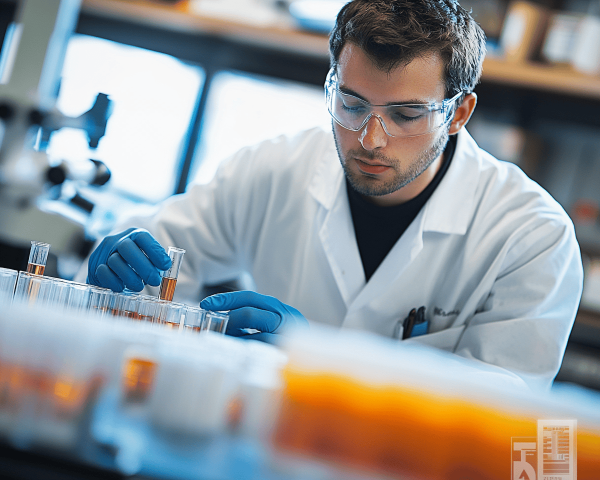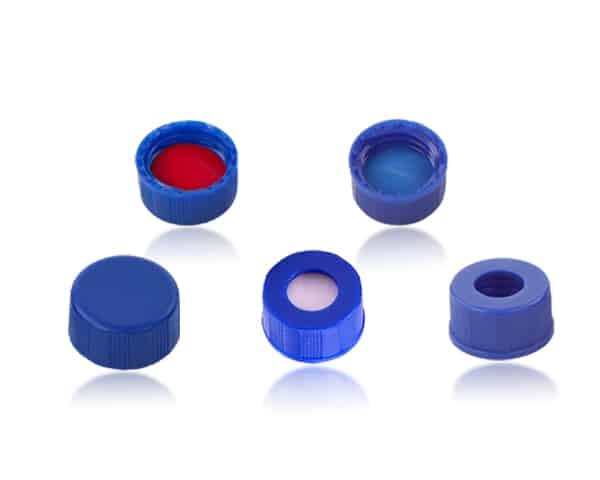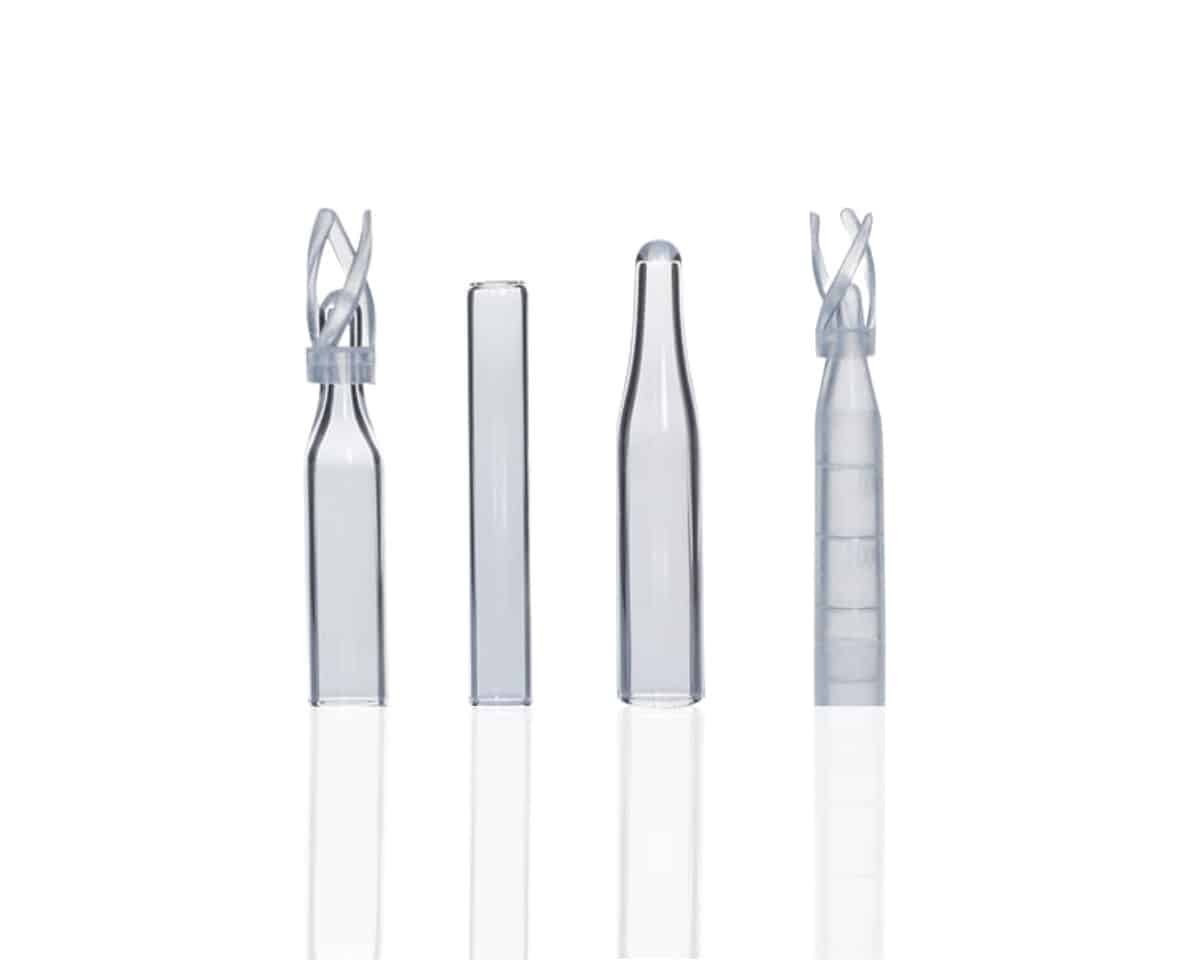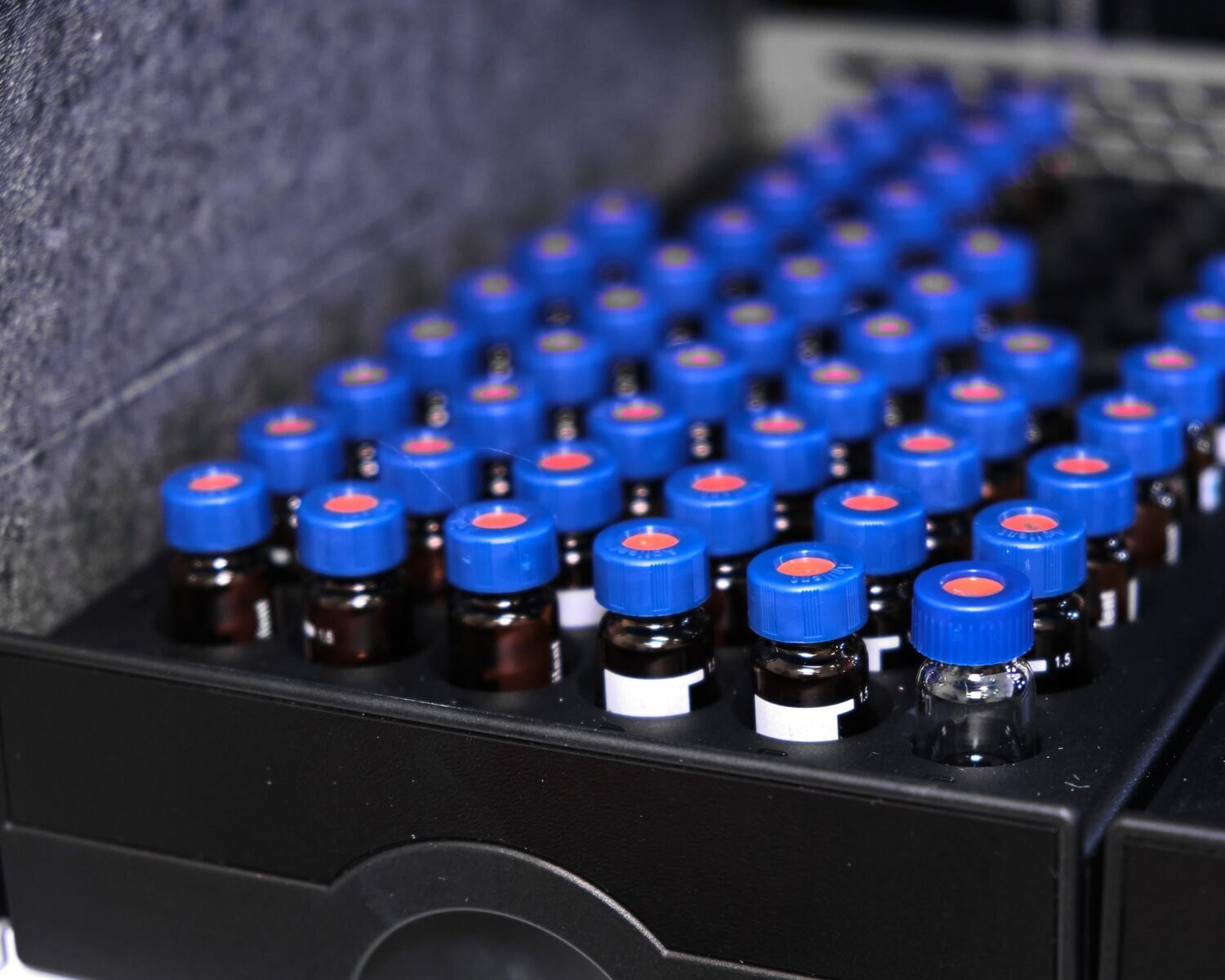Have you ever wondered why some techniques just never go out of style, even with all the fancy new technology we have? That’s exactly how I feel about Thin Layer Chromatography (TLC). You might think it’s old school, but let me tell you, it’s still incredibly relevant in many industries today. I remember using TLC in my early days in the lab, and it was so satisfying to see how this simple method could reveal so much. Does that sound strange? Maybe. But there’s something really cool about watching compounds separate and thinking, “Wow, this actually works!”
So, what exactly is TLC, and why do scientists still love it? Let’s dive in together.
What is Thin Layer Chromatography (TLC)?
At its core, TLC is a simple yet powerful technique used to separate the different components of a mixture. Imagine you’ve got a mixture of ink, and you want to know how many different colors make up that ink. With TLC, you can separate and identify those components in just a few steps. You apply your sample to a plate coated with a thin layer of adsorbent (usually silica or alumina), dip it into a solvent, and watch the magic happen as the solvent moves up the plate, carrying different components at different rates.
Now, it may sound basic, but this method is used for some pretty heavy-duty stuff in industries ranging from pharmaceuticals to environmental science. But, what do you think? Does it sound useful to you?
How Does TLC Work?
- The Plate (Stationary Phase): This is the surface where you apply your sample. Think of it as a canvas waiting for some action.
- The Solvent (Mobile Phase): Once you dip the plate into a solvent, the solvent starts to move up the plate by capillary action, separating the different compounds in your sample as it goes.
- The Separation: The different compounds in the mixture travel at different speeds depending on their affinity to the stationary phase versus the solvent. You’ll see distinct spots on the plate, each representing a different compound.
It’s like watching a race, and the compounds are the runners. Some sprint ahead while others lag behind!

Key Applications of Thin Layer Chromatography
Pharmaceutical Industry: Drug Testing and Quality Control
One of TLC’s most crucial roles is in the pharmaceutical industry. Companies use it to check the purity of drug compounds and to ensure that the final product is free of impurities. Imagine a drug that’s supposed to treat an illness but is contaminated with unknown substances—TLC helps identify those contaminants.
It’s also used to monitor the progress of drug synthesis. For example, if a drug is being manufactured in stages, TLC can help scientists check at every stage to ensure that the process is on track. What do I think of that? Well, in an industry where accuracy is life-or-death, TLC is a hero.
Food and Beverage Industry: Safety and Quality Testing
Did you know that TLC also plays a major role in making sure our food and drinks are safe? Yep, it’s true! In the food and beverage industry, TLC is used to detect contaminants like pesticides or additives in food. It’s also used to ensure that products like essential oils and flavorings are pure and of high quality.
For instance, let’s say you want to check if a batch of fruit juice contains any harmful chemicals. TLC can quickly reveal any unwelcome additives or contaminants. You can feel a little safer knowing that TLC has your back when it comes to what you consume.
Forensic Science: Solving Crimes
Now, this one’s pretty cool—TLC is frequently used in forensic science to help solve crimes. You’ve probably seen this in crime shows where they analyze blood, hair, or drugs found at a crime scene. TLC can be used to detect drugs, toxins, or even match ink from a pen to a specific document.
It’s not as flashy as DNA testing, but it’s a reliable way to provide evidence in criminal investigations. Imagine being able to prove that a substance found at the scene of the crime matches the one found in a suspect’s possession—that’s TLC at work!
Why TLC is Still a Go-To Technique in Labs
So why, with all the high-tech machines available, do scientists still use TLC? Simple: it’s cost-effective, easy to use, and reliable.
Cost-Effective
TLC doesn’t require expensive machinery or highly specialized equipment. In fact, all you need is a plate, a solvent, and a developing chamber, and you’re good to go. For labs working with tight budgets, this is a no-brainer.
Quick Results
TLC is fast. You can often get results in a matter of minutes, which makes it ideal for time-sensitive projects. Need to check how a chemical reaction is progressing? Run a quick TLC, and you’ll have your answer in no time.
Easy to Use
One of the reasons TLC remains popular is its simplicity. Even if you’re new to the lab, it’s easy to learn and doesn’t require specialized training. I remember my first time using it, and I was able to pick it up almost immediately.

Limitations of TLC: Where Does It Fall Short?
Of course, TLC isn’t perfect. While it’s great for quick and simple analyses, it’s not the best choice for every situation.
Sensitivity
One of the main limitations of TLC is its sensitivity. It’s not as good as more advanced techniques like HPLC (High-Performance Liquid Chromatography) when it comes to detecting small amounts of a substance. If you’re working with trace amounts, you might need to look elsewhere.
Quantification
TLC can give you an idea of how much of a substance is present in a sample, but it’s not as accurate as other methods when it comes to quantifying exact amounts. For that, you’d need a more precise technique.
Conclusion: TLC, A Classic That Still Shines
In the end, TLC remains a trusted tool in many labs around the world. It’s simple, affordable, and can give you fast results. Whether you’re testing the purity of a drug, checking for contaminants in food, or solving a crime, TLC has proven time and again that it’s here to stay. So, what do you think? Is it still relevant in today’s high-tech world, or should we retire it in favor of more advanced techniques?











